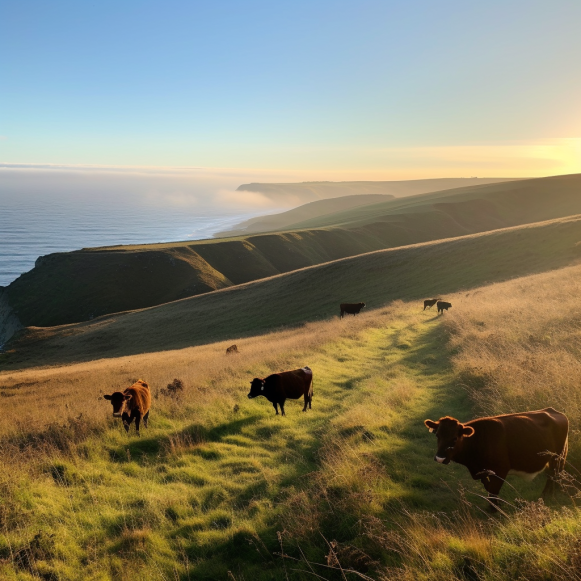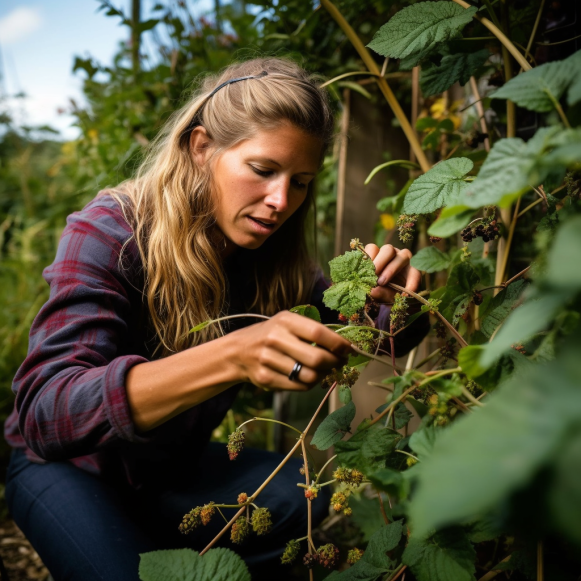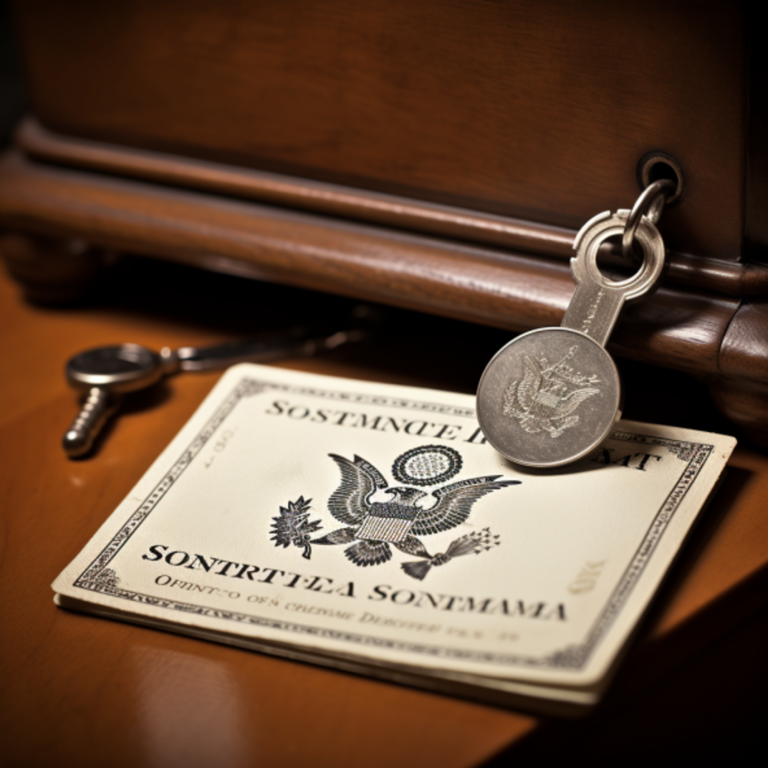What’s behind E. coli in Point Reyes National Seashore? Beef grows between ranchers and environmentalists

Are cattle the only culprit for high bacterial counts? Maybe not
The National Park Service discovered E. coli bacteria levels far above health standards in several water bodies near the Point Reyes National Seashore, reigniting a contentious debate about the future of cattle grazing at the beloved Northern California landscape.
Even though the park has taken significant steps to reduce the impact of ranching on watersheds, contaminated water has been detected at several locations, including a lagoon that flows into popular Kehoe Beach, indicating runoff from cattle manure at upstream ranches.
“There are definitely improvements. However, it is not without flaws. “There are still significant water-quality issues in the park,” said Cassidy Teufel, Deputy Director of the California Coastal Commission, in a Thursday presentation of park data from a yearlong collection and testing effort at 24 different sites.
However, cattle aren’t the only culprits: contaminated water was discovered at two other popular locations, McClures and Abbott Beaches, which have few or no cattle, implying that wildlife such as elk, coyotes, and birds are also involved. If bacteria enters from septic systems, including ranch homes and public restrooms, people may become a problem.
“We really need to identify the source of pollution, via species-specific testing, in order to apply the proper management efforts,” said Ashley Eagle-Gibbs of the Environmental Action Committee, a nonprofit in Point Reyes Station, the national seashore’s gateway town. The bacteria levels “are unacceptable for a national park and a marine wilderness.”
The fog-shrouded, wind-sculpted park is home to 14 multigenerational ranching families who operated prior to the seashore’s designation in 1962 and whose leased properties are on the National Register of Historic Places. Five dairy farms and nine beef cattle farms supply the Bay Area’s organic food scene, including Straus Family Creamery.
The park purchased the ranches from the families a long time ago, so the properties are now leased — and those leases are about to expire.
The unusual public-private partnership has resulted in ongoing conflicts between ranchers and environmentalists. Point Reyes National Seashore is one of only two national parks in the country that allows for commercial activity.
According to Gerald Warburg, professor of public policy at the University of Virginia and author of the new book “Saving Point Reyes,” “this was and remains the single most complex land-use arrangement that NPS professionals are asked to administer.”
“There was no model for this plan to mix commercial businesses and thousands of manure-generating cows with two million annual visitors in a national seashore,” he told reporters.
Three environmental groups are suing the park to have the ranches removed. Mediation talks between the park, environmentalists, and ranchers are underway in an effort to reach a legal settlement. An update is scheduled for March.
Environmentalists argue that 5,000 cows do not belong in a wild and fragile national park just an hour’s drive from the Bay Area’s seven million residents. They claim that decades of grazing have profoundly altered the plant communities of the coastal prairie, and that runoff could harm the health of creeks that flow into a marine sanctuary.
Ranching, according to agriculture supporters, is critical to maintaining Marin County’s agricultural economy and vibrant farm-to-fork food culture. The ranches account for 20% of Marin’s agricultural economy and 30% of the county’s organic dairy farms.
“The loss of the historic ranches that have been on the land for more than 100 years could take away one of our best long-term solutions to preserve family farmers and rural communities while reducing our climate impact,” said Albert Straus, founder and CEO of Straus Family Creamery.
According to environmentalists, the increased bacteria levels could cause algal blooms, which can kill aquatic organisms.
Long before the current controversy, the ranches helped protect the Point Reyes peninsula from development in the late 1800s and early 1900s.
To appease ranchers’ opposition to the establishment of the national seashore in 1962, a compromise was devised: one-third of the park would be a “pastoral zone,” purchased by the government and then returned to ranchers on multiyear leases “so long as the natural or pastoral scene is preserved.” Many people assumed that the ranches would eventually disappear.
While the Coastal Commission does not regulate the park, it is responsible for preventing runoff. It has the authority to request that the park take corrective action to comply with the Coastal Act, as well as to take legal action if problems persist.
For the time being, the commission has conditionally approved the park’s management plan on the development of a new water quality strategy. The park began testing several key waterways last winter.
The majority of the park’s attention has been focused on dairies, which have higher manure concentrations.
High E. coli levels were discovered in August along the perennial stream that feeds Abbotts Lagoon, a stunning destination perfect for hikers, birdwatchers, and nature enthusiasts of all ages, in addition to sites on Kehoe Creek and near McClures Beach.
According to the report, cattle and elk waste in the Drakes Estero watershed could have contributed to the high bacteria levels. In that area, there are three ranches and a herd of more than 150 elk.
According to Warburg, the ranches’ ability to remain was contingent on their care of the park’s lands and waters.
According to environmentalists, the new report demonstrates that the pledge was broken.
“I shouldn’t have to tell my kids that touching the water at our national seashore could make them sick,” said Sarah Killingsworth, a wildlife educator. “This should be some of the most protected land and water in this country — and it is unhealthy.”






